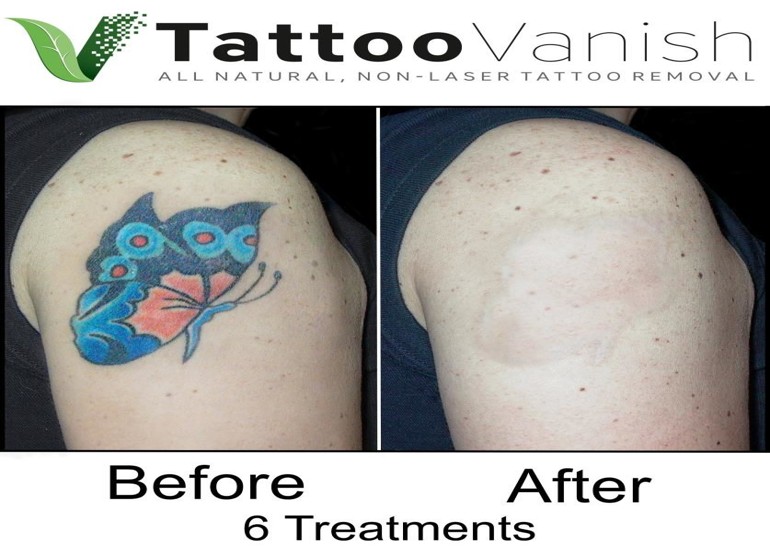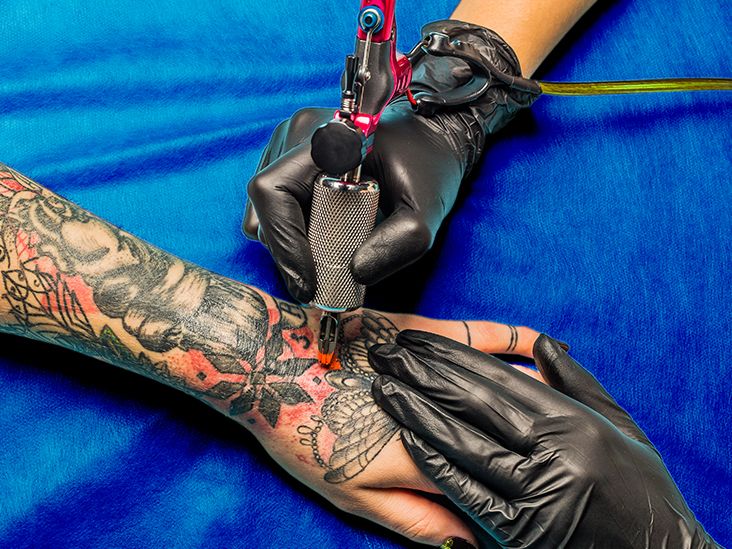Saline Tattoo Removal Before and After: Removing Unwanted Ink Safely and Effectively
Saline tattoo removal before and after:
– In rare cases, saline tattoo removal is an alternative to laser removal for removing tattoos.
– Saline tattoo removal uses a saline solution to draw tattoo ink out of the skin.
– Saline tattoo removal is best used for cosmetic tattoos that don’t respond well to laser treatment and for smaller tattoos.
– The effectiveness of saline removal depends on the depth of the ink in the skin.
– Saline removal should not be used for traditional tattoo edits due to the issue of migration.
– Saline removal is effective for eliminating pigments used in eyebrow tattoos created through micropigmentation.
– Microblading can also be faded using saline tattoo removal.
– Saline tattoo removal involves tattooing the area with saline to draw out the ink.
– The process uses osmosis to persuade the cells to release the ink.
– Saline is injected into the skin, causing water to be pulled up from the cells and bringing some of the pigment with it.
– A scab forms on the open wound, and new cell growth begins below until the scab falls off.
– Saline tattoo removal may take several sessions and often does not result in complete removal.
– Laser tattoo removal is often more effective and can completely remove tattoos in most cases.
– Both methods require careful aftercare to avoid complications.
– Saline removal carries more risk of infection and scarring compared to laser removal.
– Saline tattoo removal is typically less expensive than laser tattoo removal.
– The number of sessions needed depends on the removal goal and the color of the ink being removed.
– Saline removal should never be attempted at home and should be done by a professional.
– The healing process for saline tattoo removal includes tenderness and a burned-like feeling on the day of the treatment.
– The area may be red, swollen, and scabbed over in the first several days.
– The skin will still appear pink or discolored and fragile as it continues to heal.
– After one month, the skin starts looking more normal, and after two months, the area should be completely healed and ready for the next session.
– Aftercare guidelines include not covering the area, avoiding washing or picking at it, and keeping the area out of the sun.
– Booking an appointment with a specialist is advised to determine if laser treatment is suitable.

